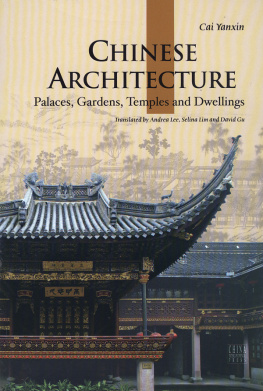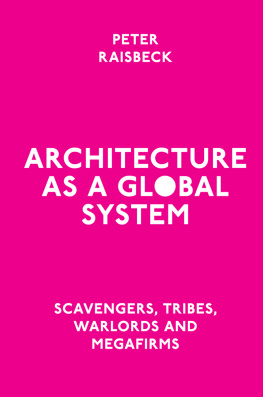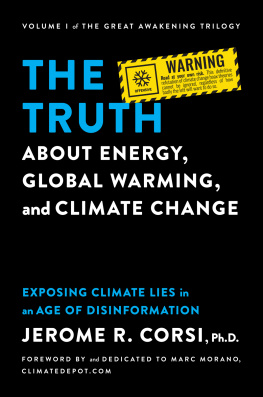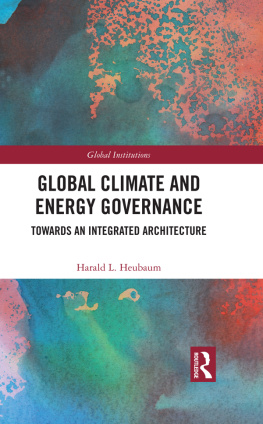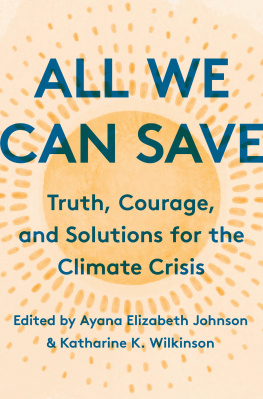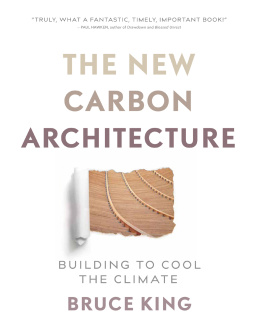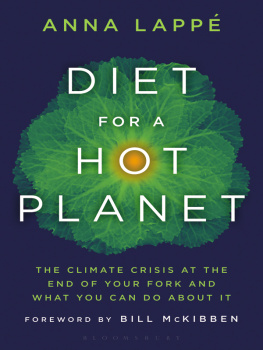how architecture can save the world from global climate change
architectural suggestions on strategic use of greenhouse gas sequestering materials to antagonize atmospheric C[O2], in the context of a boreal biome
Mngfaldheten av innehllet i denna bok, helt eller delvis, r enligt Lag [1960:729] om upphovsrtt till litterra och konstnrliga verk frbjudet utan medgivande av frfattare Tommy Vince, stersund. Frbudet gller varje form av mngfaldigande genom tryckning, stencilering, bandspelning etc.
Dock uttrycks det specifikt av frfattaren, Tommy Vince, att med ambitionen att nyttja materialet frn denna bok till texter, projekt eller konstverk som frmjar utvecklingen av en klimathllbar debatt och innovation r det absoluttilltet att kopiera, nyttja och manipulera materialet i den mn som finnes ndvndig. Kreditering r i sdana fall av anvndande ndvndigt.
Korrekturlsning av Thomas Digby, stersund, Sverige
Frsta upplagan 2020
utgiven i en specialutgva [297297 mm]
Tryckt p klimatkompenserat papper
Tryckeri City i Ume AB
Formvgen 8, 906 21, Ume, Sverige
www.tryckericity.se
Andra upplagan 2020
utgiven massutgva [210210 mm]
Tryckt p klimatkompenserat papper
Books on Demand GmbH
Nordenstedt, Tyskland
www.dnb.de
ISBN:978-91-8007-355-4
2020 Vince, Tommy, Tryckeri City, Ume, Sverige
2020 Vince, Tommy, BoD, Stockholm, Sverige
Omslag: Tommy Vince
Innehller bilder av fotografen Helene Schmitz.
Rttigheterna till Helene Schmitz bilder gs av frfattaren till nyttjandet av dennabok.
Samtliga bcker klimatkompenseras med ett [1]trd via fretaget Absorb, www.absorb.nu
the first of many to come, in what will prove to be,
a very long and prosperous career in the field of architecture
devoted to everyone whom has ever crossed my path, friend or faux
I owe everything I am, and everything I have achieved, to you
tommy vince, ume, june 2020
table of content
Att kalla ett trdplantage fr en skog r att gra oss blinda fr skillnaden mellan dem det som med detta synbortfall gr frlorat r inte bara medvetenheten om naturskogens komplexitet, utan djupast upplevelsen av vrldens outgrundligas sknhet.
To call a tree plantation a forest is to render us blind towards the differences between the two - this loss of clarity not only causes us to lose a conscious sight of the complexity of nature, but most importantly the experience of the worlds endless beauty. [transl.]
helena granstrm
I feel the same way about sustainable architecture.
tommy vince
photo: aapo rautio, portrait of tommy vince [edit.] tommy vince, hanstholm, denmark 2018
sony alpha slt-a33 + tamron af, 70-300 mm
forewords
thoughts on the development
I am extremely excited to be able to share this book with you! Not only has it required a lot of energy and effort from me, my family and friends, but I strongly believe that it will have value in the mind of anyone who has read it. Sustainable actions are drastically called for in 2020 and I believe that it is our obligation, as citizens of the world, to focus our energy and resources in the direction of that calling. From the standpoint I found myself in, refining and mediating the information and knowledge I possessed became the course of action I found sensible to take in order to have the strongest influence possible. With this book, I hope to create a deepened debate on architecture and its climate implications, as well as spark innovation within the field of architectural design! In the spirit of creativity and innovation please know now that I strongly encourage the freedom of information for the benefit of awareness and the development of society, so question not if I approve any form of copying and [re]use of any material in this book. From the date that it shall find its way to the bookstore, it will already have begun to be outdated and if it has not already sparked an outcome it will equally prove to be a net negative burden on climate. Feast away on this body of work and by the time you put it down, turn to action!
This book took shape during the scholar year of 19/20, while I was undergoing my final year in a five-year program in architecture, at Ume School of Architecture [UMA] in Ume, Sweden. The outcome was not foreseen at the time, nor was the topic of the thesis. Originally there was another topic which I held more dearly, surrounding the topic of the architects contemporary graphical communication tools. I found the topic intriguing on numerous levels, seeing the accumulating workload building up, overwhelming the profession and stressing resources and profits of the industry. Anyone from the architectural profession has probably touched upon this issue, more or less, Im sure. If not, then when presented for the first time with the invoice of an outsourced render gig. The question I was trying to formulate was, how do we communicate the complexity of architectural proposals in a single method of communication. Including all of the values of todays understanding of change, coherent with the unpredictable course of life, collective engagement, sustainability, construction detail and what they communicate. Every little bit of cultural value that enriches the lives of the protagonist in contact with the architecture in a single image. All of these qualities in one singular method of drawing, ultimately neglecting the desperate solution of producing a [1] drawing for each and every one of these aspects, a time and resource heavy means of production. Resources that could be used to consult other clients and projects for the benefit of a wider architectural good in the built environment. It was a question that similarly bares value to the architectural profession.
The topic, together with the topic at hand were both aired equally among the colleagues of my studio during the autumn of 2019. Though, more excited about the topic of investigating a contemporary architectural media expression, the other proved to stand out. The provocation that the topic of sequestering architectural mass to create a reduced C[O2] footprint seemed to produce was surprising to me at the time. I was met with the most absurd arguments that questioned the relevance of the topic and challenged the overall environmental benefit, ultimately expressing how stupid of an idea it was. In parallel I could see the passion and energy that this seemingly new take on sustainable architecture produced. Later, during the spring of 2020 I found a quote from a man, similarly invested in sustainable issues, an environmentalist if one would like, that seemed to deal with relatable experiences;
George Monbiot
Through these, somewhat heated discussions, arose the realization of how complex the topic of sustainability is and naturally, how easy it is to misunderstand and create strong preconceptions about it.
The complexity arises along with the influence of time. Time, and the various perspectives we can take on time, creates, in itself, endless results and outcomes. A narrow timeframe concluding a sustainable result, can alter and become the total opposite seen in the perspective of another time frame. What is sustainable today, might be unsustainable tomorrow

![Tommy Vince how architecture can save the world from global climate change: architectural suggestions on strategic use of greenhouse gas sequestering materials that antagonist atmospheric C[O2] in the context of](/uploads/posts/book/428279/thumbs/tommy-vince-how-architecture-can-save-the-world.jpg)
